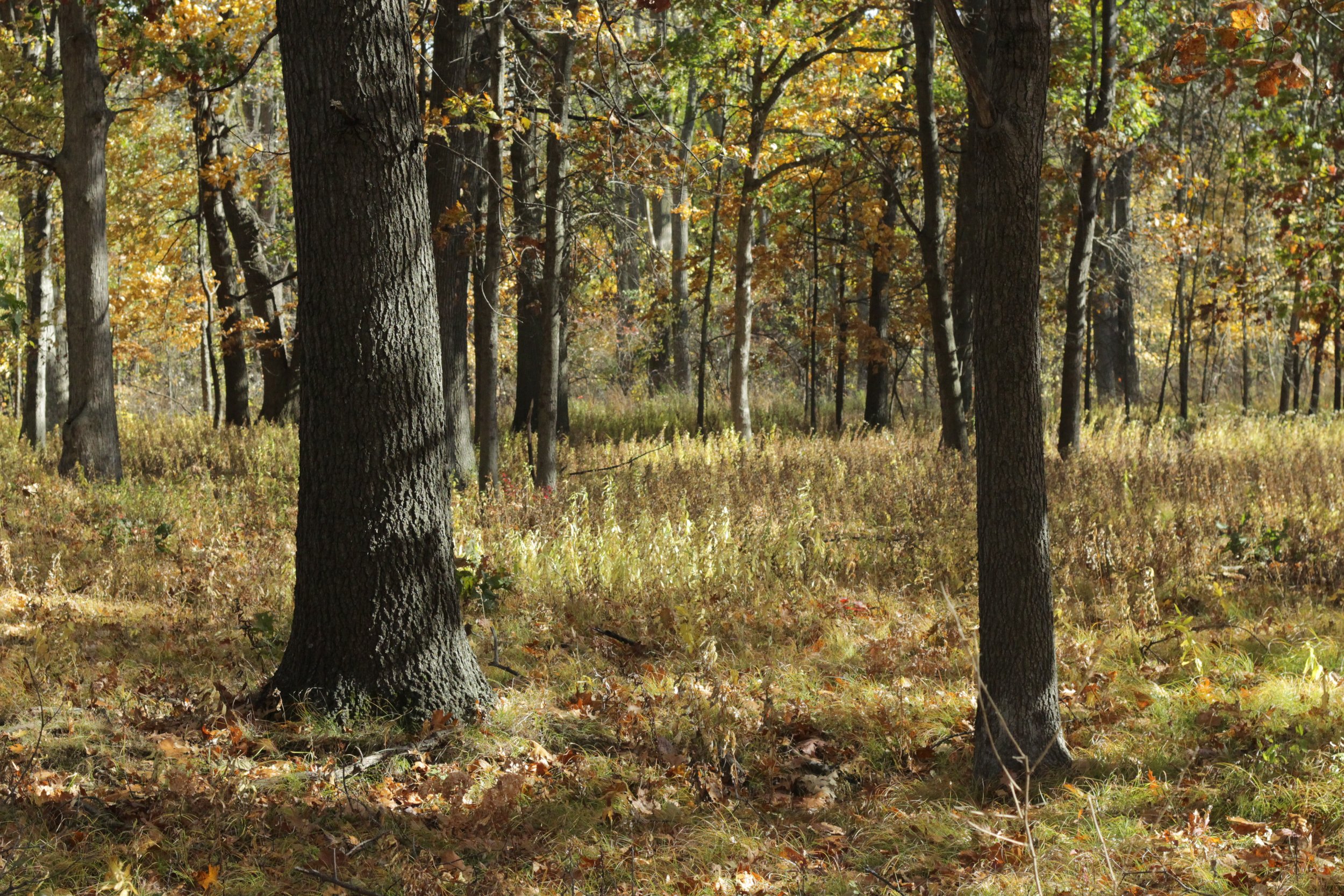Art as a tool for ecological restoration
Finishing my undergraduate degree in Biology and pursuing an art residency doesn’t seem intuitive, I know. But something I learned during my undergrad is that art is a powerful tool to get people to care about science. I’d even argue that art can be an important component supporting restoration.
Photo of artist and ecologist Andrea Bresolin
Art and science aren’t as different as we are taught to think. Some of the earliest art captures organisms in their environment, whether that’s cave drawings or botanical illustrations. Traditional ways of knowing have long used arts like storytelling and visual art to transmit knowledge across generations.
But a key difference is what makes art such a good tool; accessibility. While the principles of science are something anyone can practice, it doesn’t come as naturally to most folk as doodling or creating. Most people don’t consume science reports on daily and wouldn’t stop to read a research poster if it covered the walls of their local café.
With all of this in mind, I set out to use my residency to accomplish the same goals shared by the Healthy Headwaters Lab; connecting land, water and people. Restoration can’t be done well if the public doesn’t know or value the land they live on, so I intentionally used art activities to accomplish this.
My first activity was simple: I set up some canvas and projected a map of the region, asking participants to write and draw about their favourite spot to be outdoors. The goal was to get people to reflect about their relationship with the place and learn to situate it on a map. A dozen of artists and art-appreciators at the gallery told me about what made these places special – mostly water and trees. I learned about a few new spots too.
For my second workshop, I hosted a nature sketching walk at Ojibway Nature Centre. With only pencils, pens and paper, I guided a group of 16 people of all ages through a trail. The goal wasn’t to make perfect drawings, but to get people outdoors and focus on observing, something both good artists and field biologists practice. I encouraged everyone to stop, pick a plant and sketch it, while I explained what we were looking at. I introduced people to familiar organisms like the goldenrod that grows with asters, pokeberry and bramble.
For my third workshop, I hosted a textile art night at Ojibway Nature Centre, where I brought fibres and dyes I foraged myself to share with community members. People got to see the raw materials that can create beautiful dyes and baskets and give it a try. This was a great opportunity to get people together, talk about different plants and how to respectfully harvest.
My residency culminated with a solo-exhibition at the DryGoods Gallery. For my exhibition, I chose to focus on a locally vulnerable habitat, black oak savannah. This habitat exists in southern Ontario in two main spots, both of which relate to community partners we’re grateful to be connected to. The first is the Ojibway Prairie Complex, a handful of nature reserves in our own backyard. Excitingly, also a candidate to become a national urban park. The second closest patch of black oak savannah is at Bkejwanong (Walpole Island), unceded territory that some of our Indigenous Knowledge Circle (IKC) members call home.
Black Oak Savannah, Ojibway Prairie Complex. Photo by Andrea Bresolin.
The installation showcases species at risk in a charcoal mural. I chose to use charcoal to tie these species to fire, since they rely on prescribed burns to clear habitat for them to grow. Without shrubs and trees would eventually overgrow the grasses in a process called succession. I represented this process with a sculpture in the shape of a snake, transitioning from leaves and wood to grasses and wildflowers. Historically, these burns were likely from lightning and intentional burns from Anishinabek people, who skillfully burned sections of grassland to promote the growth of edible and medicinal plants. This smooth transition is contrasted by a patchwork of hand-dyed cotton. The square patches look like the farmlands of Windsor-Essex, where colonial farming has changed the landscape, eliminating fire and the plants that rely on it.
I’d like to say thank you for the staff at Art Windsor-Essex for their support during my residency and to the Windsor Community Foundation for funding my residency. I’m also grateful for partners at the Ojibway Nature Centre for giving me space for workshops and for managing land that has inspired me for years. I’ve long thanked the plants I foraged for my installation, for dyes and weaving material, but thank you to the plants for being my muse.
See the installation until January 22nd at the DryGoods Gallery.
The DryGoods Gallery is located at 1012 Drouillard Rd, Ford City, Windsor, ON.
Image credit: Frank Piccolo @gxz_design_inc







